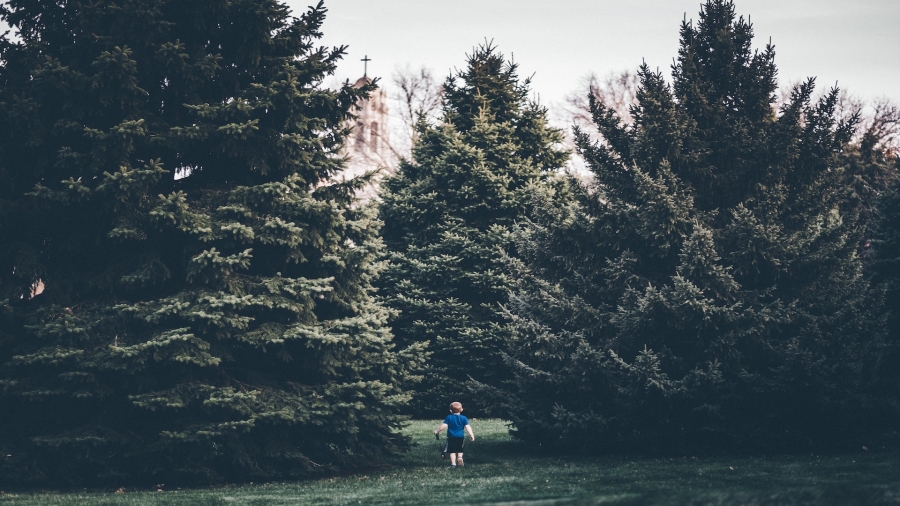Based on the Project Learning Tree (PLT) lesson “Every Tree for Itself,” students are invited to think about sunshine, water, and nutrients in a fun, exciting way. By using colored paper, you can illustrate each of these requirements for healthy tree growth. Each student imagines themselves as a tree, rooted deeply to the earth only capable of moving their branches (arms) in the wind. After spreading out the pieces of paper, a timer is started to give a time frame in which the "trees" try to collect as many pieces of nutrients, sunshine, and water. Different rounds of this game can allow for various modifications placing the students close together with lots of requirement cards, placing them far apart with minimal cards, in groups of three with cards evenly distributed, etc. This activity sparks a hands-on learning process that engages students and shows them the aspects of healthy growth and concepts like competition and drought. What variations could you implement to make this game different or more age-appropriate for your kids?
This is an activity from the PLT website that includes a downloadable sheet in English and Spanish! Check it out for simple engagements that have a significant impact on educating kids on the importance of trees!
Giant tree cookies??
To solidify the knowledge learned about growth habits of trees, students studied “tree cookies” to examine years of healthy growth compared to years that trees may have experienced difficulties. Each student counted the rings on the cross-section to estimate how old the tree was when it died. They were able to point out the sizing between the rings as an indicator to growth size. We also compared various growth patterns; one of the larger trees had approximately the same number of rings as a significantly smaller tree, so we discussed ideas about the meaning behind this! Tree cookies can be used to encourage students in conversation to share about significant life events that would form their own personal tree rings.
This is a fun activity for kids of all ages and can be done very easily right outside your home! Depending on the age of the child, you can discuss various topics such as tree identification, forestry, photosynthesis, and the cycle of oxygen and carbon dioxide.
Every tree may be for itself, but learning about them brings us a lot closer together!
To close it out, if you wanted access to TONS of other resources, check out another Project Learning Tree link that offers information about environmental education for families, educators, and students. From activities to do outdoors with your kids to curriculums including articles, games, and print-offs, this includes a little bit of everything!
